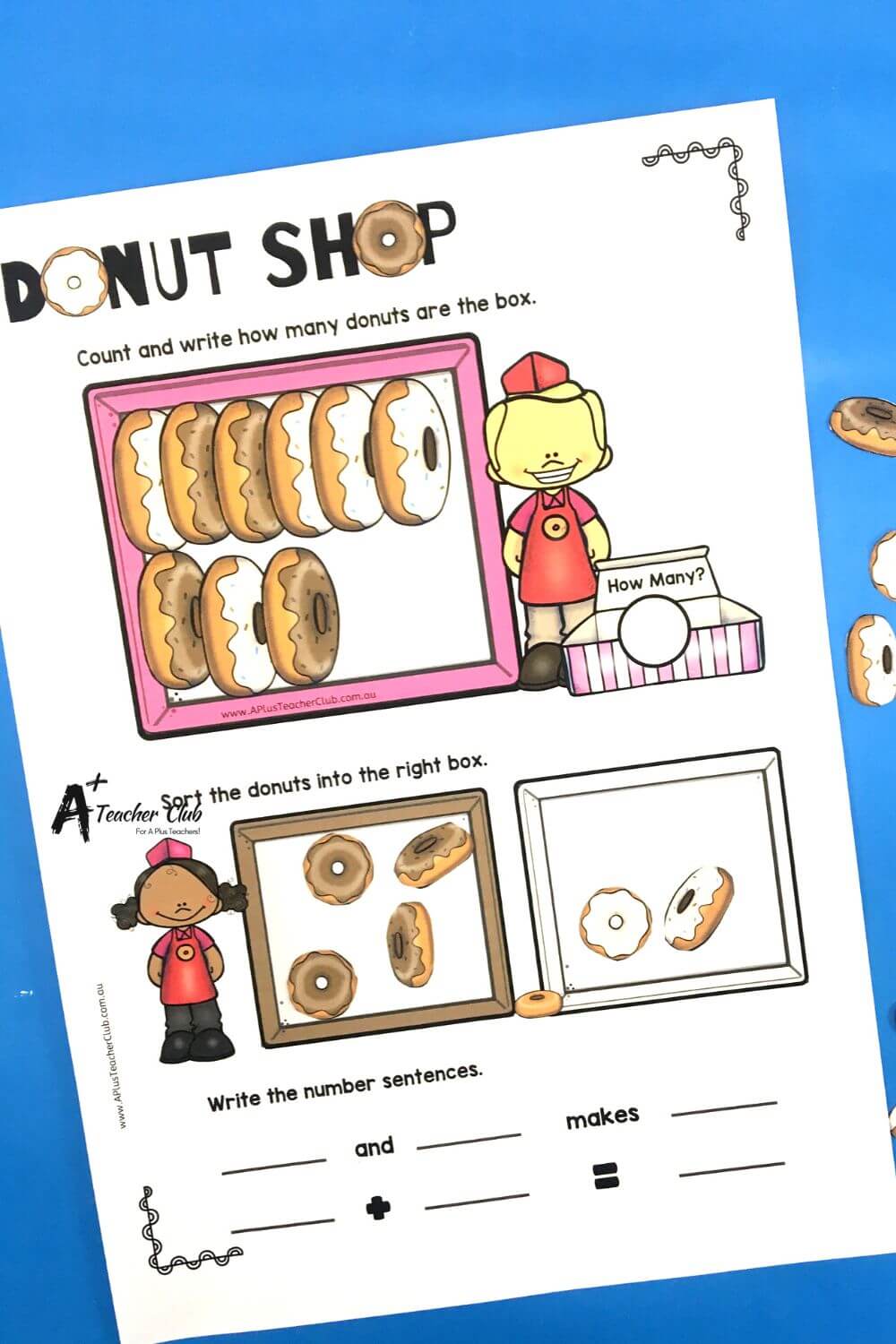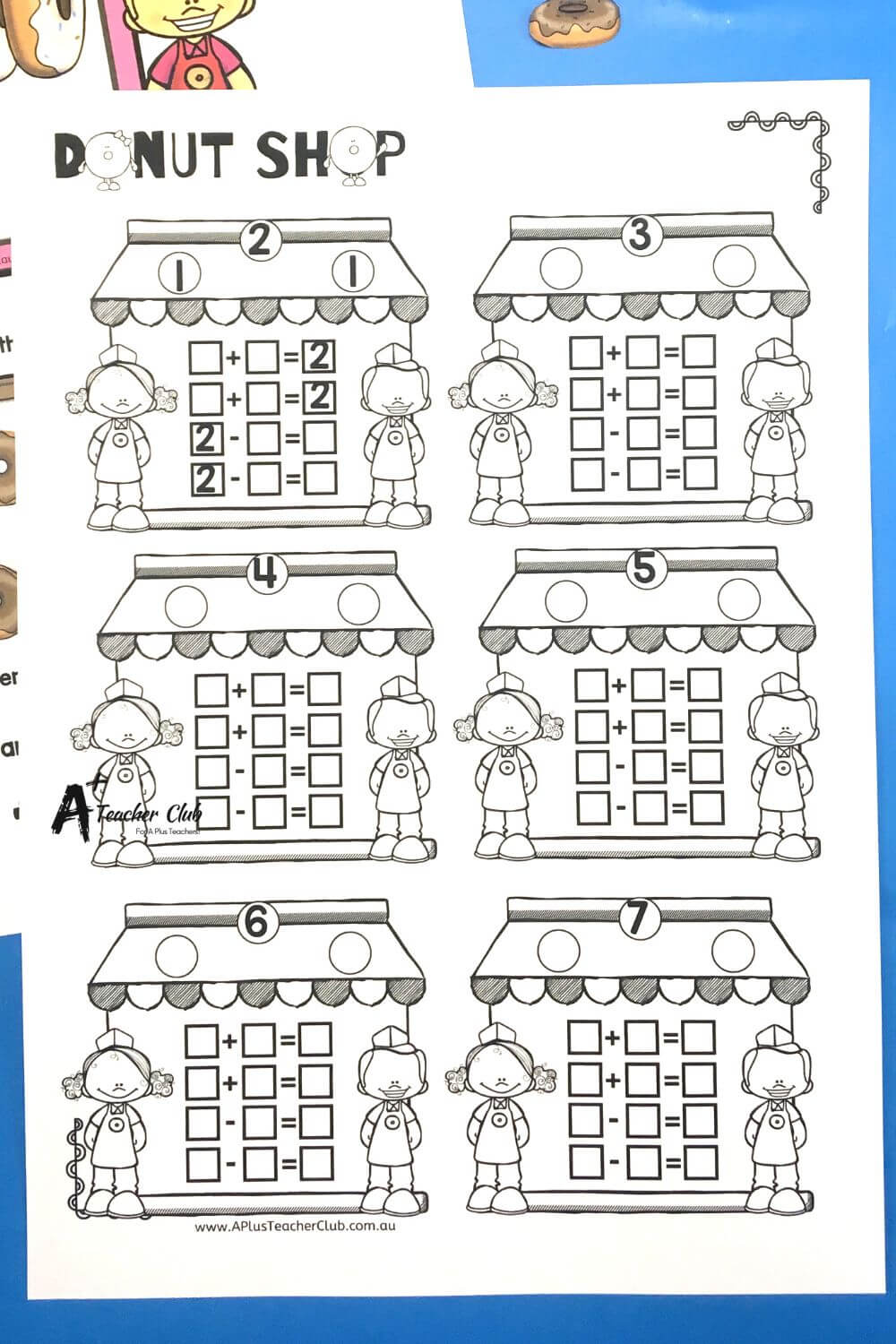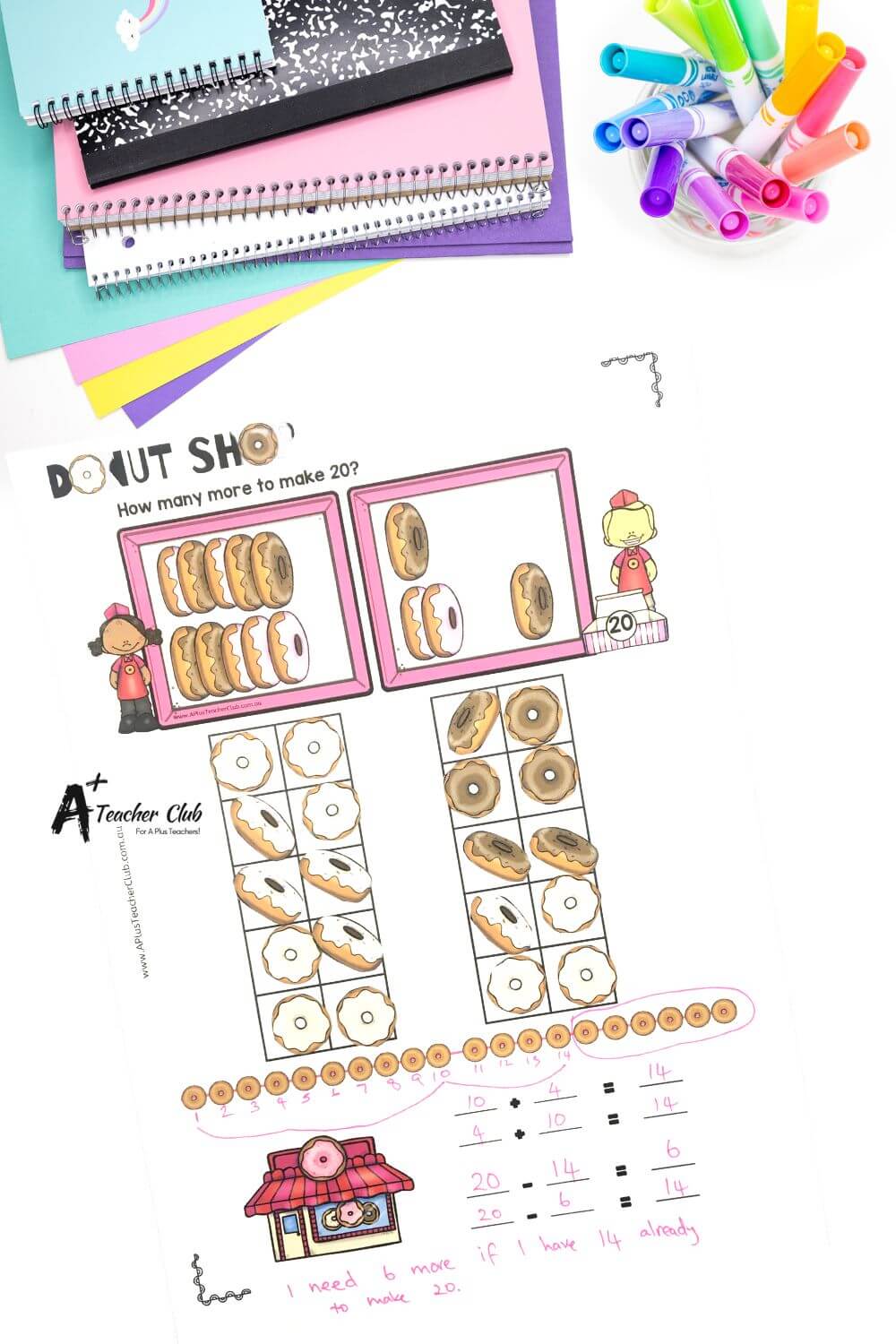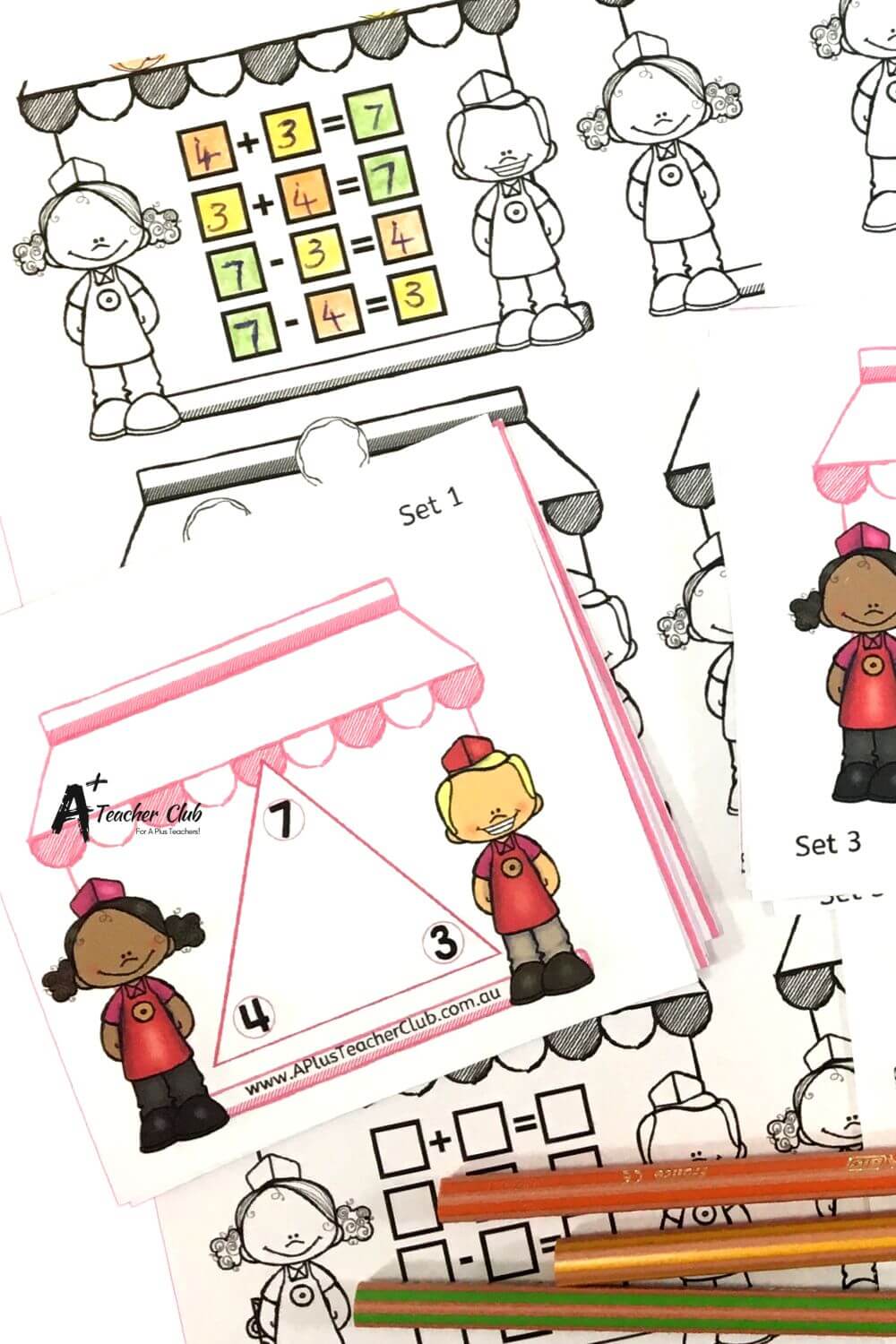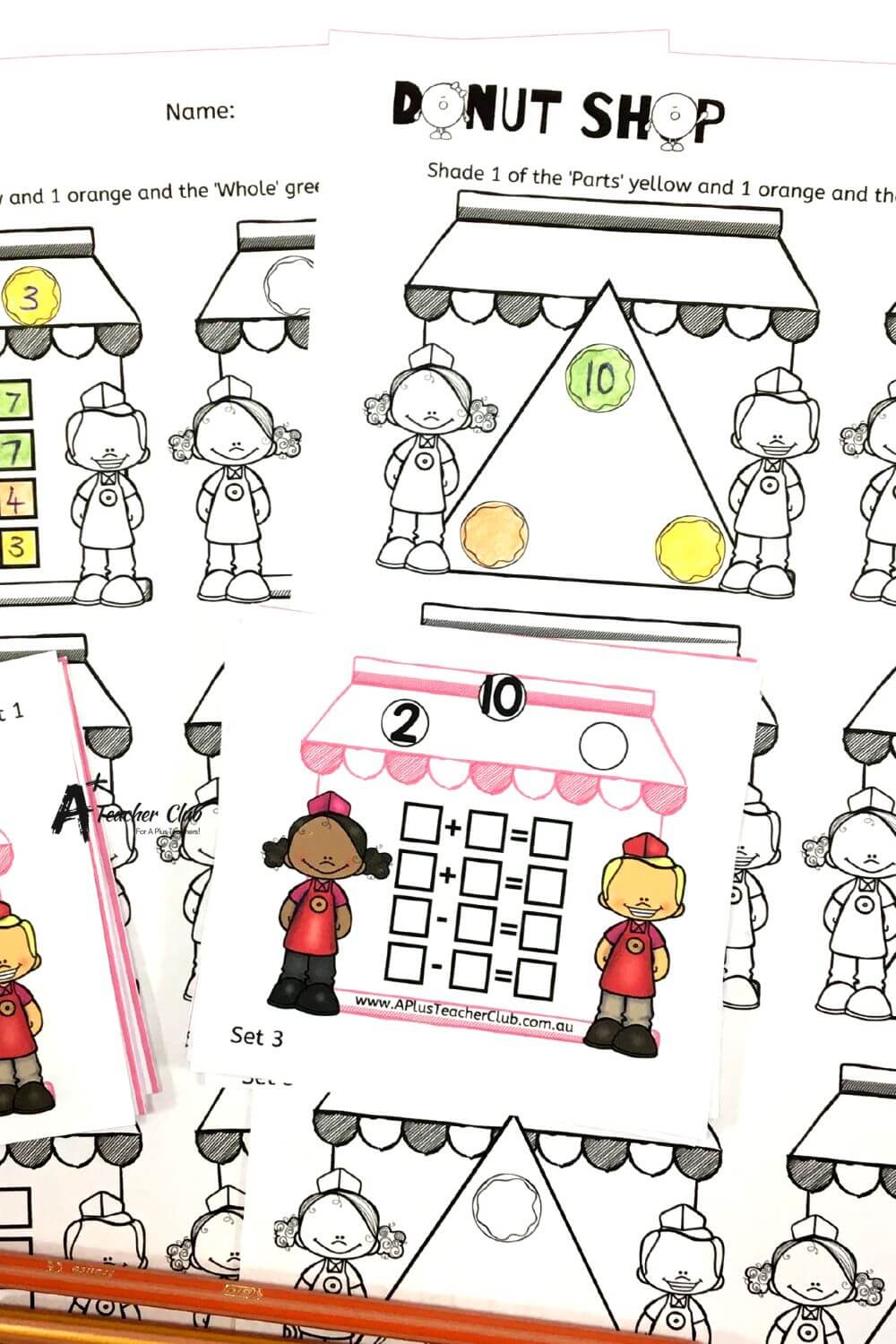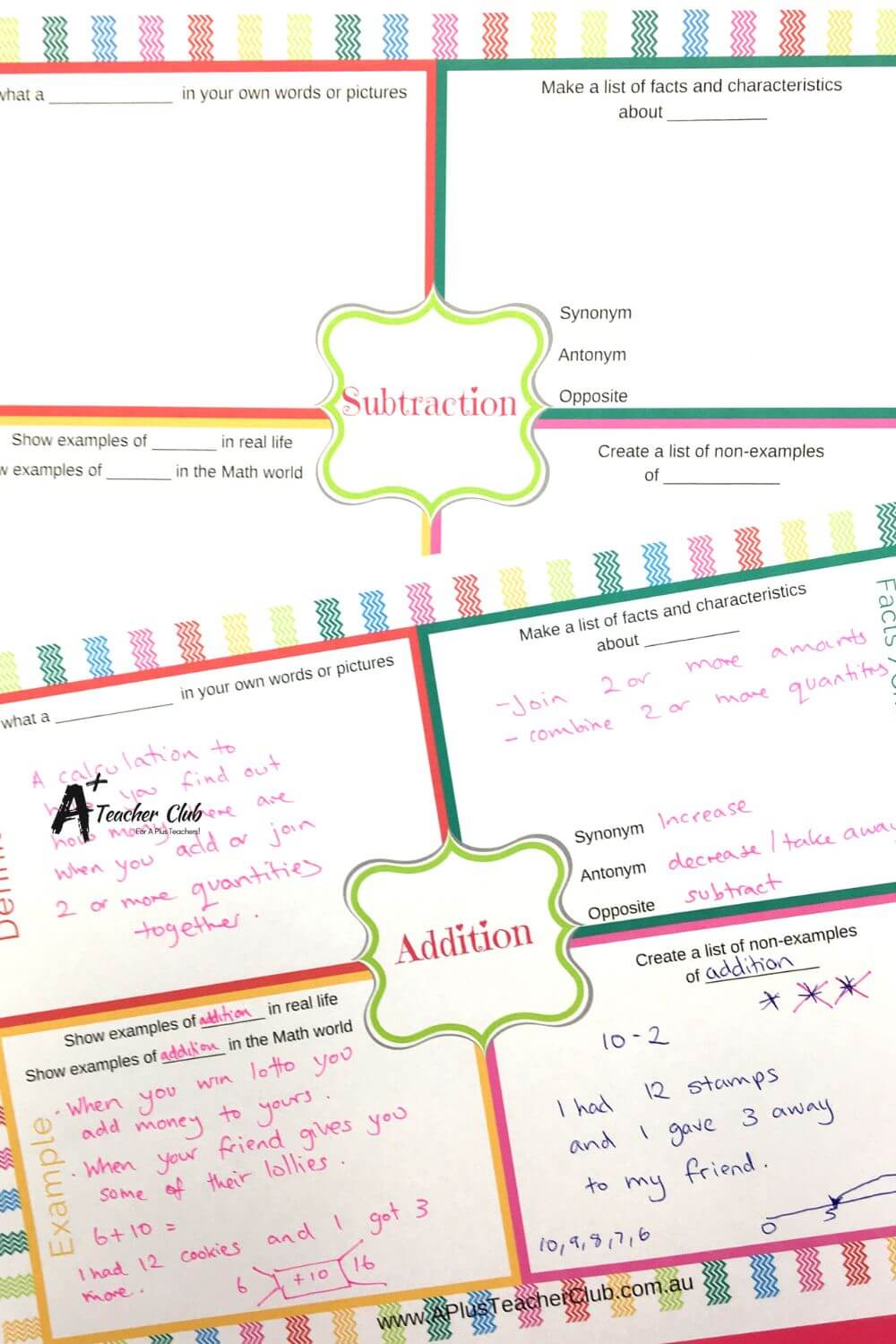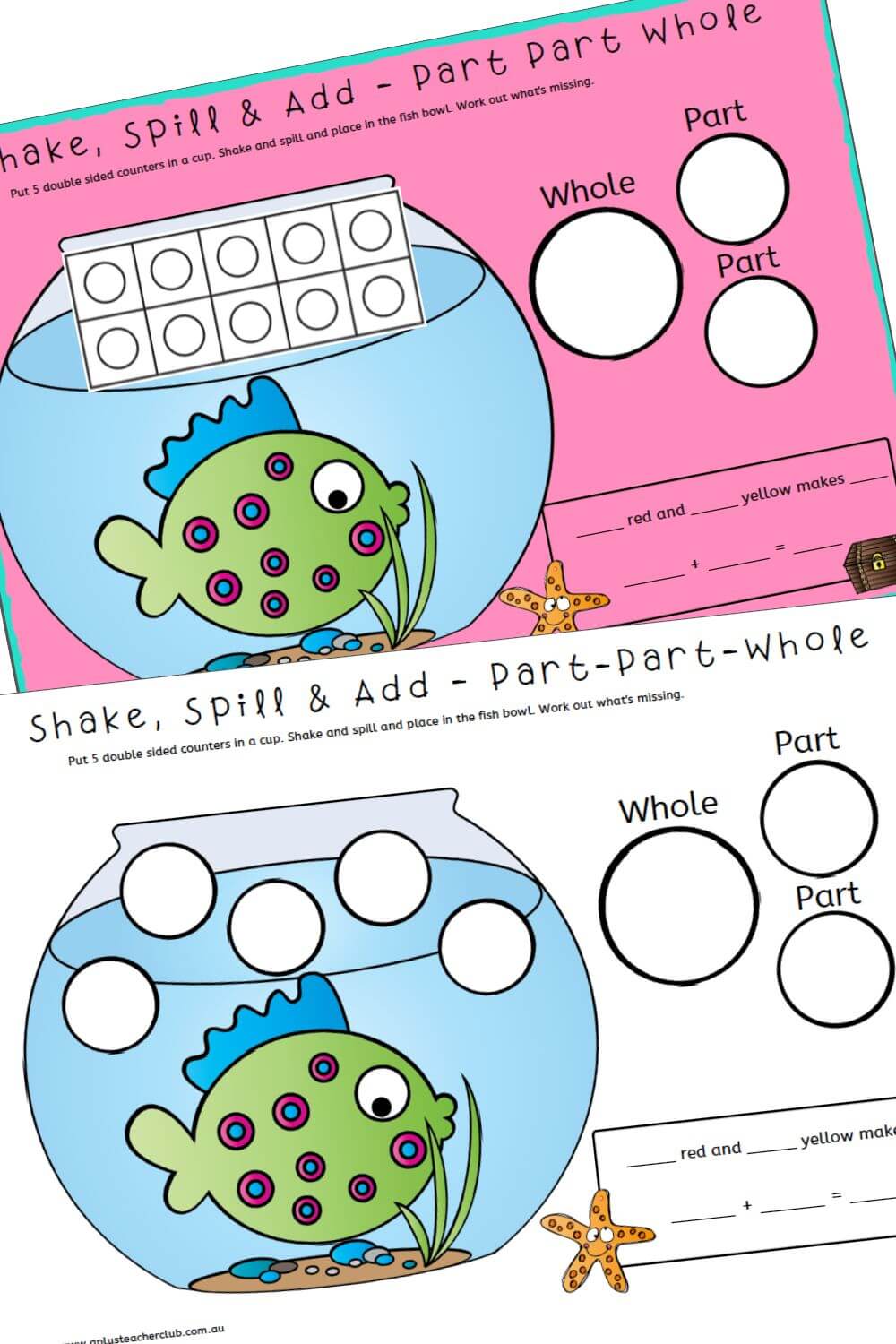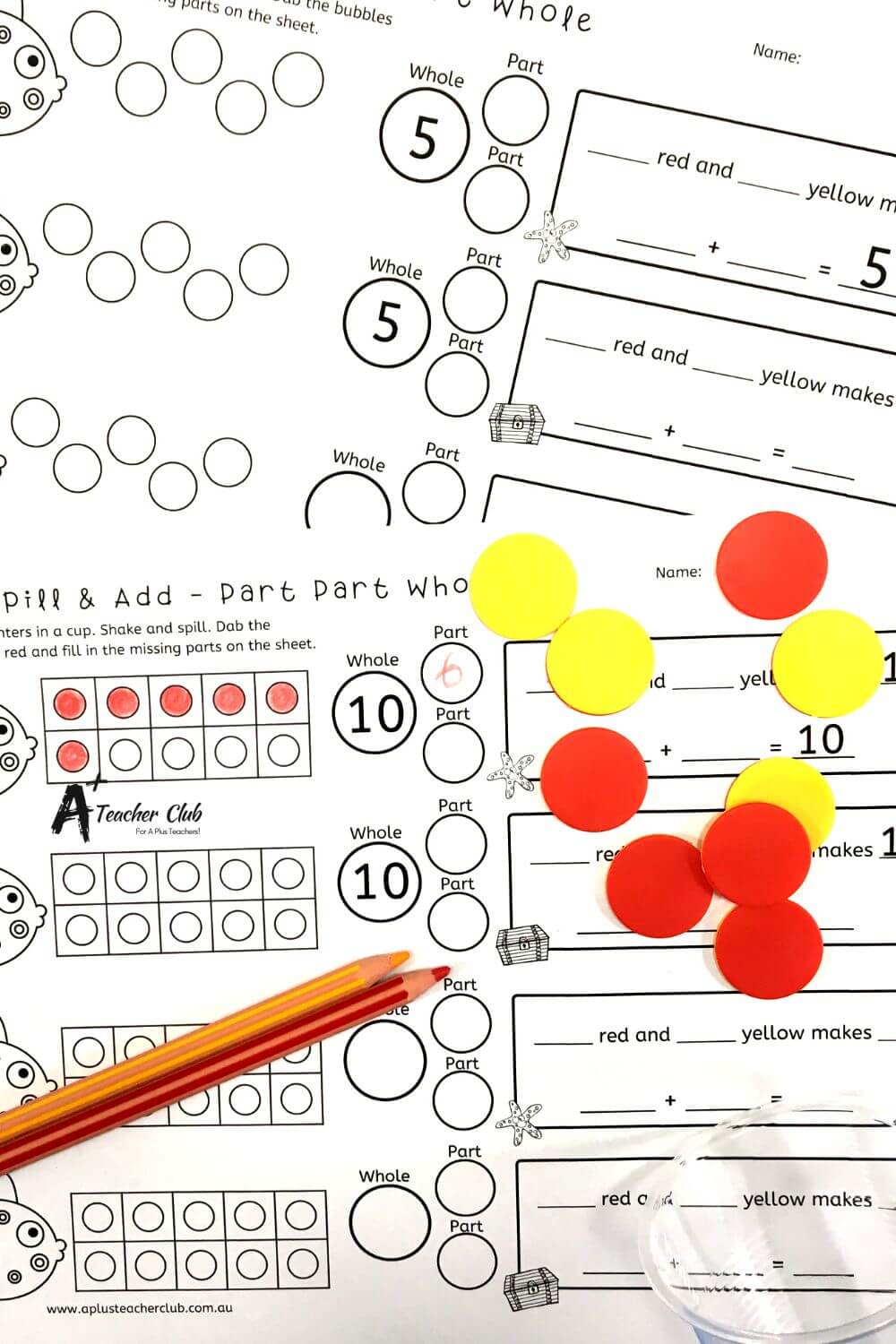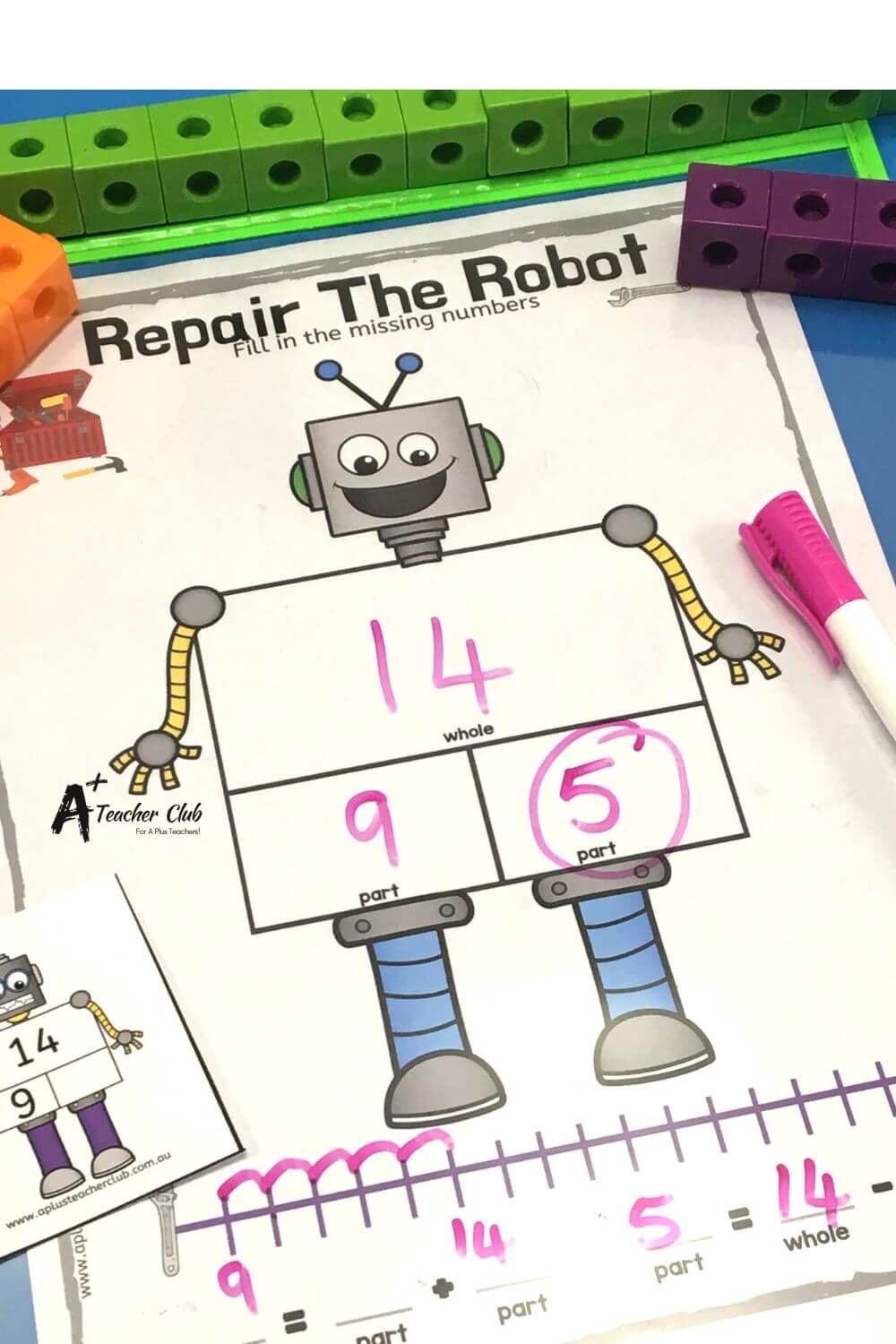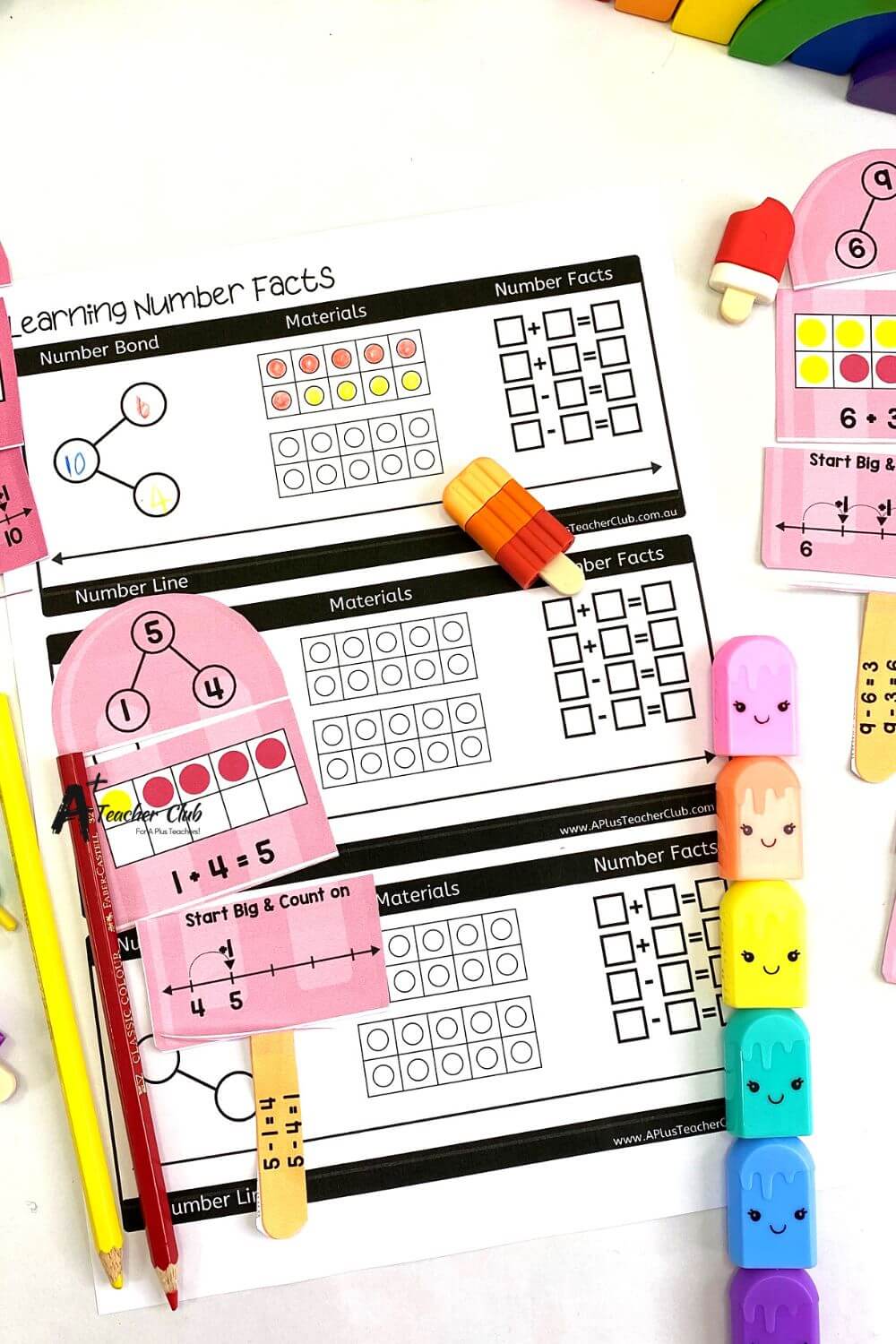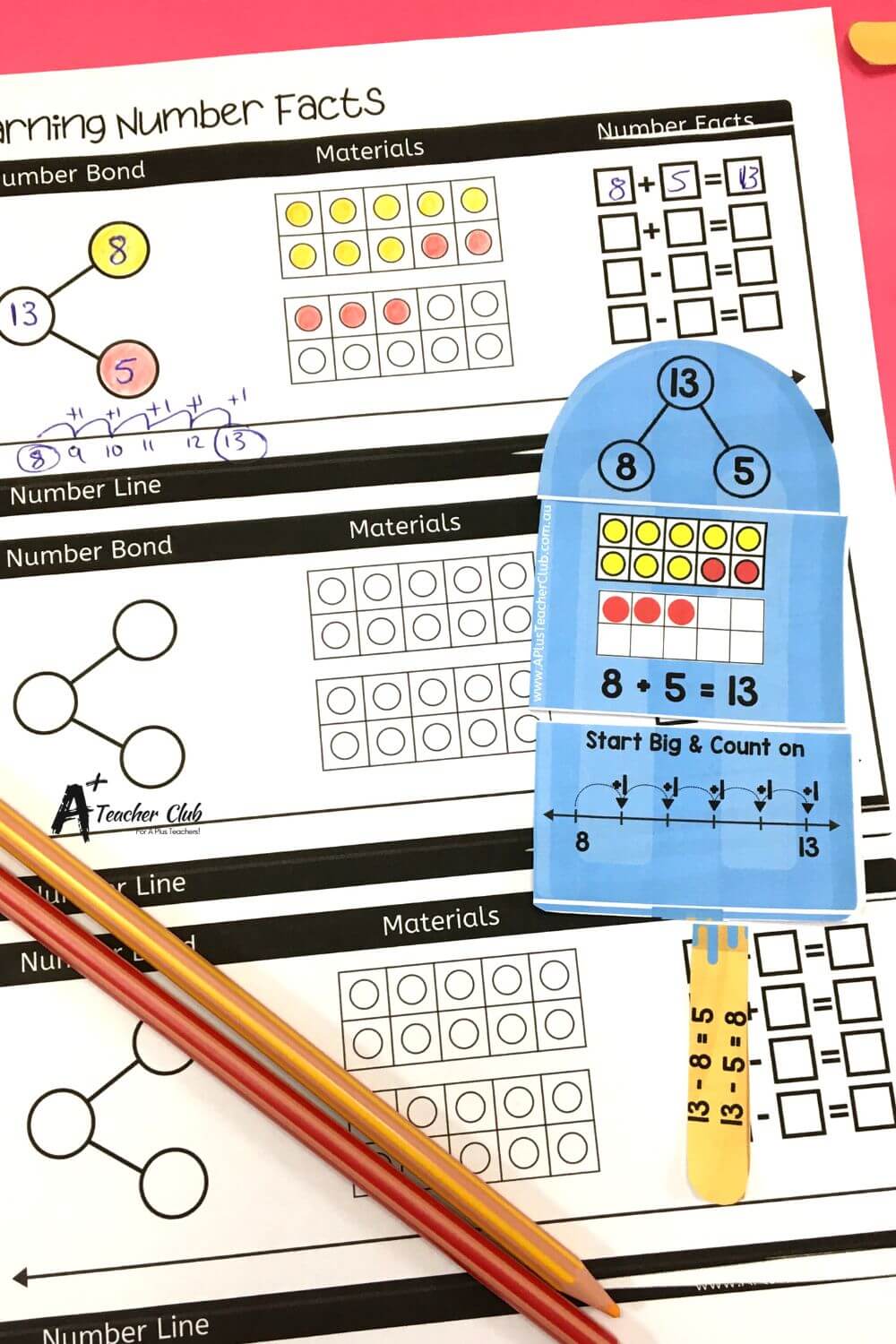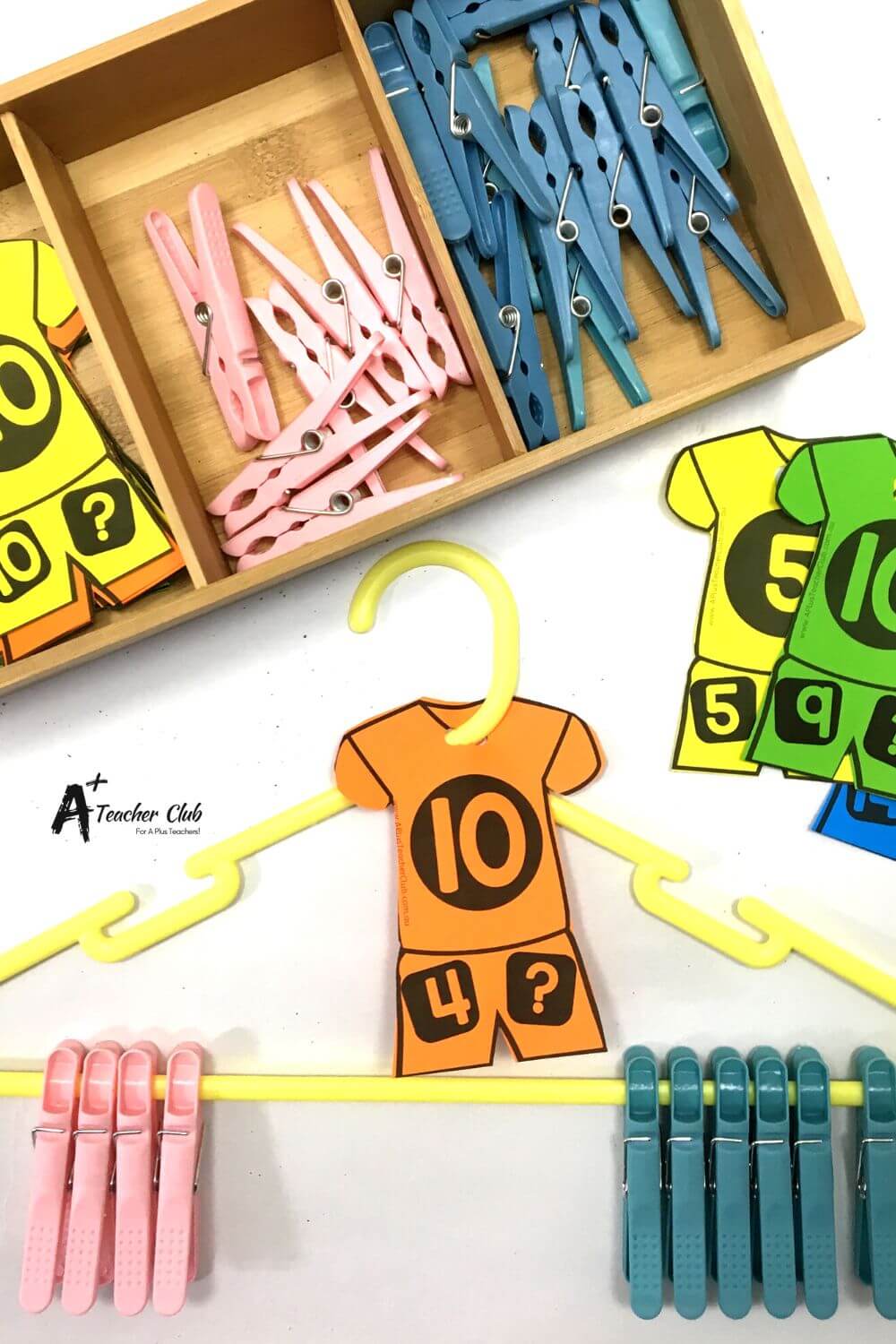Teaching Addition & Subtraction
Operations
Teaching Addition and Subtraction and don’t know where to start? You’re not alone. Our BIG IDEAS in teaching Addition and Subtraction are a must-read for teachers serious about teaching it the right way.
By the time kids start formal learning of addition and subtraction, they have encountered and performed the process hundreds of times in their everyday lives. So you’d think that teaching addition and subtraction would be simple, right?
Well unfortunately it’s not!
What research tells us, and achievement data shows, especially when solving word problems, is that kids are masters of memorizing mathematical processes and have trouble with understanding the ‘when what and why’ of computation.
Students are excellent at following a process, or the ‘How To’ do it, but when left to solve things independently or apply what they have been taught in other situations, they fail.
The culprit behind this is teaching programs, activities, printables and worksheets that centre on solving algorithms, or ‘sums’.
Yes, understanding algorithms are important. But algorithms are the final piece of the learning jigsaw. In fact, they are actually just a written representation of a very complicated process. Algorithms are like a math shorthand that should be used by students when a deep understanding of the math concept is achieved.
So the solution is simple, for effective teaching and high levels of student achievement in addition and subtraction, ensure that you provide a comprehensive range of opportunities to learn every aspect of the addition and subtraction process.
Finding what you need to include is not so easy. Many curriculum descriptions are vague and contain sweeping explanations rather than a list of things to teach. So to help we’ve done some research for you and put together a handy list to guide you.
Related Posts: Teaching Numbers 0-20
Resources listed in this collection
Click to jump to...-
Donut Shop Addition to 10 Math Centre
-
Donut Shop Addition & Subtraction Number Fact Families To 20 Worksheets
-
Donut Shop Addition Counting On Activities
-
Donut Shop Addition & Subtraction Number Fact Families To 10 Task Cards
-
Donut Shop Addition & Subtraction Number Fact Families To 20 Task Cards
-
Frayer Boards Addition & Subtraction
-
Shake & Spill Fish Addition To 20 Write & Wipe Game
-
Shake & Spill Fish Addition To 20 Worksheets
-
Robot Addition To 30 Part-Part-Whole Math Centre Game
-
Popsicle Puzzles Addition Facts Number Bonds, Ten Frames, & Number Lines to 10
-
Popsicle Puzzles Addition Facts Number Bonds, Ten Frames, & Number Lines 11-20
-
Coat Hanger Shirts Addition Facts to 20
Addition & Subtraction Resources
More Maths Resources
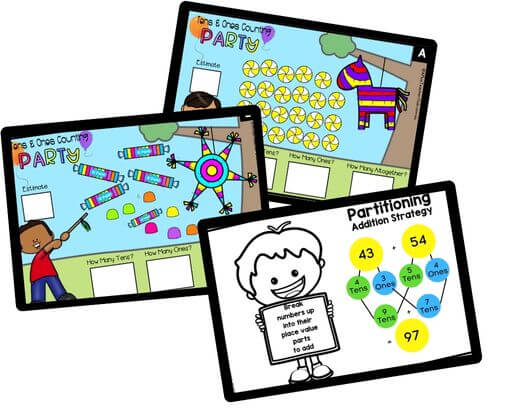
Place Value - Partitioning Numbers
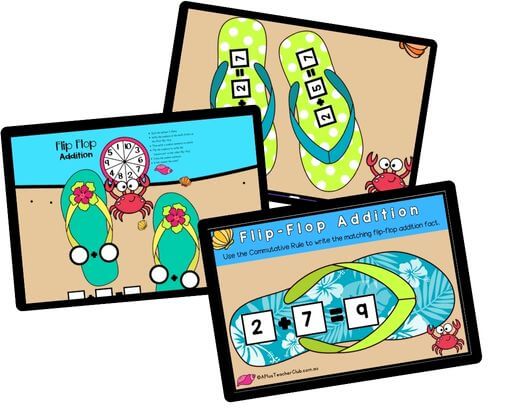
Commutative Property - Flip-Flops Addition Mental Maths
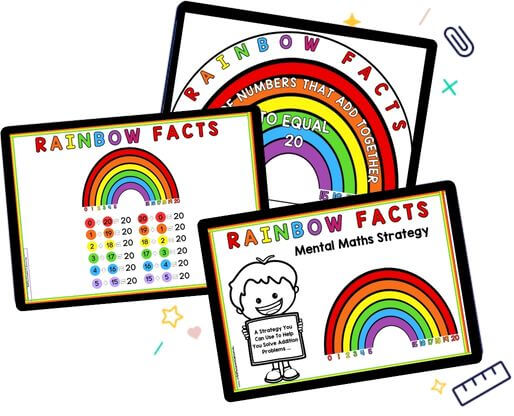
Rainbow Facts to 20 - Addition Mental Maths Strategy
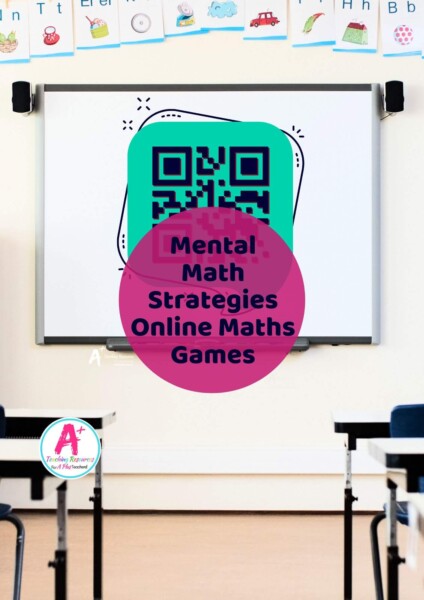
Digi Mental Maths Strategies Games
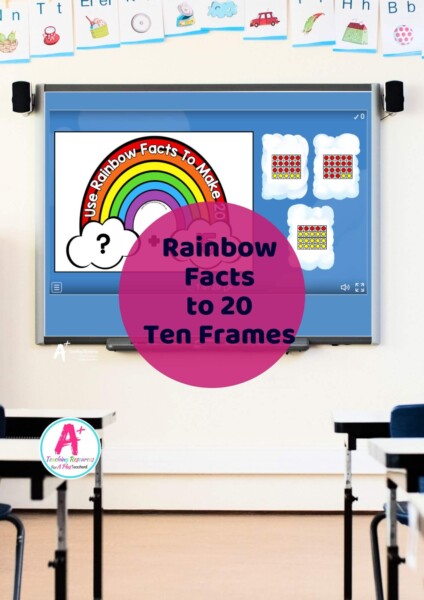
Addition Rainbow Facts -20 (ten frames)
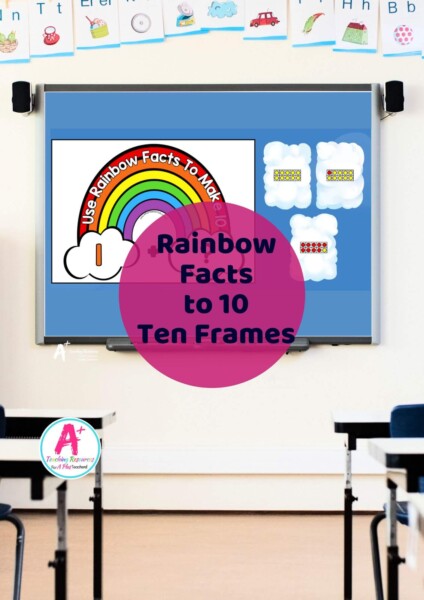
Addition Rainbow Facts -10 (ten frames)
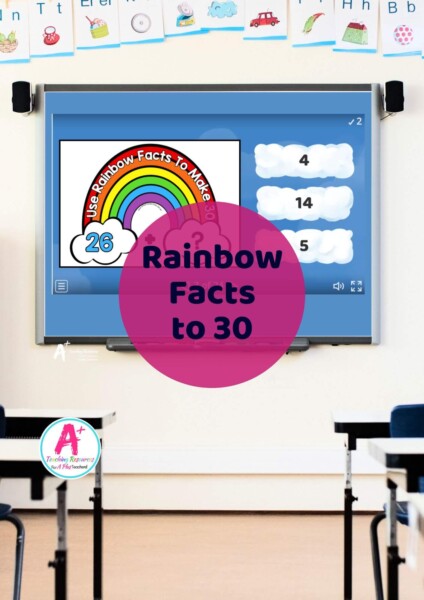
Addition Rainbow Facts - 30 (missing Numbers)
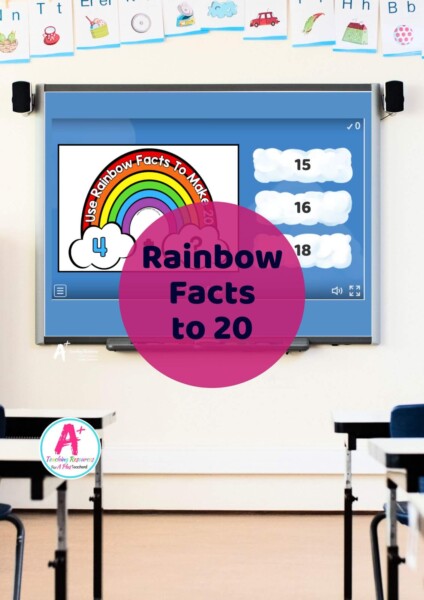
Addition Rainbow Facts -20 (missing numbers)
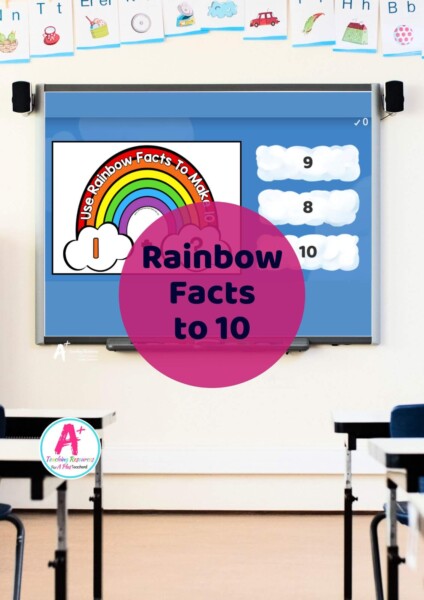
Addition Rainbow Facts -10 (missing numbers)
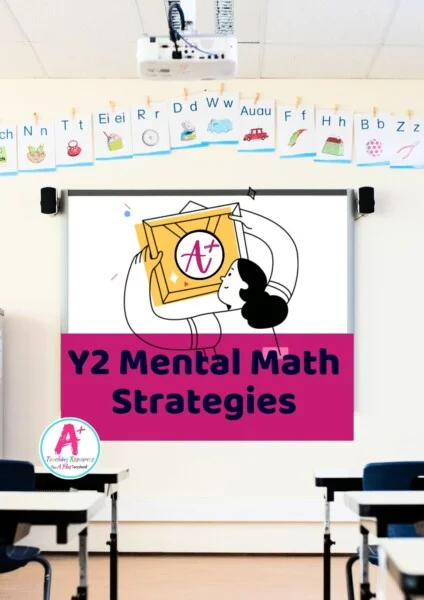
Explore Our Mental Maths Strategies Collection
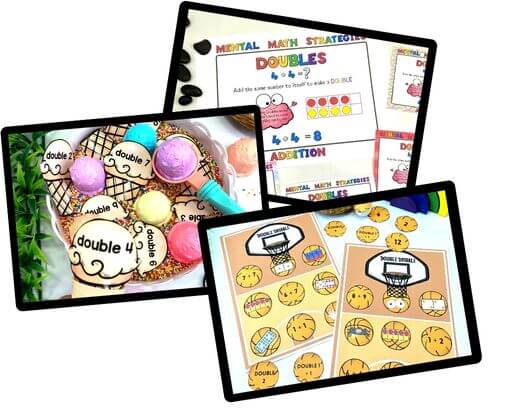
Doubles & Near Doubles Mental Maths Strategy
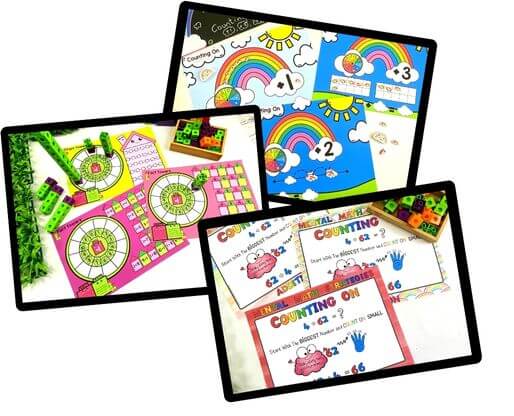
Counting On Mental Maths Strategy
Can't find what you're looking for?
Send us a request! Use this form to request a resource. Please give details of the learning area, topic, year level, curriculum links. We’ll be happy to take a look to see if we can fit it in. Unfortunately a request does not guarantee we will be able to make it!
"*" indicates required fields

